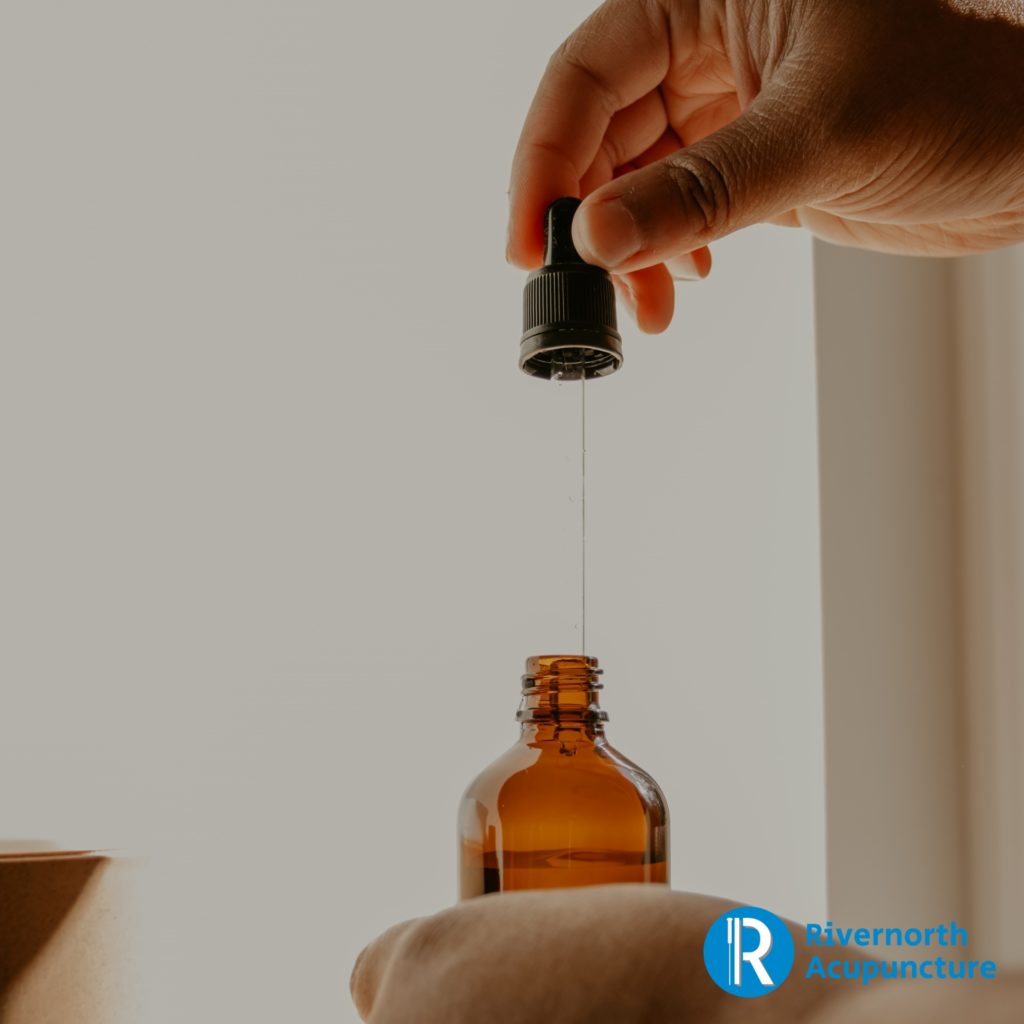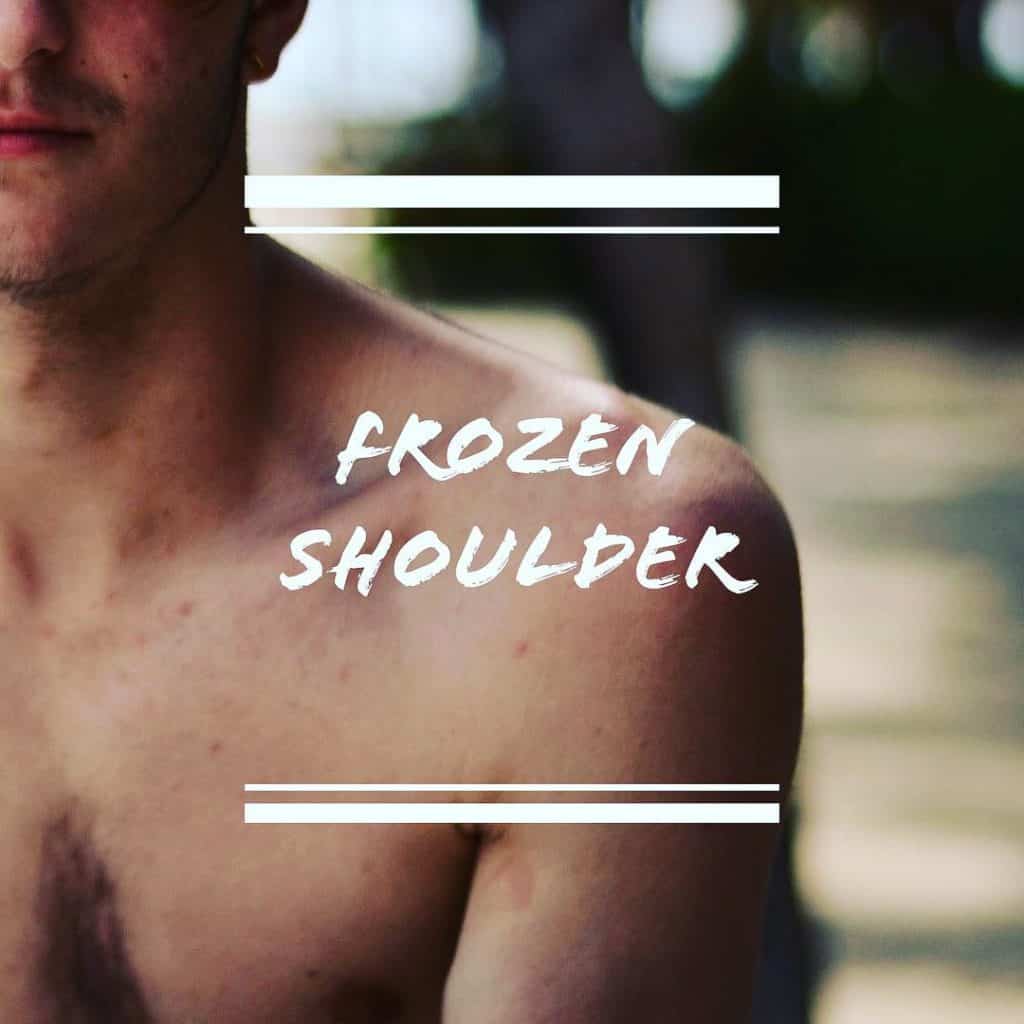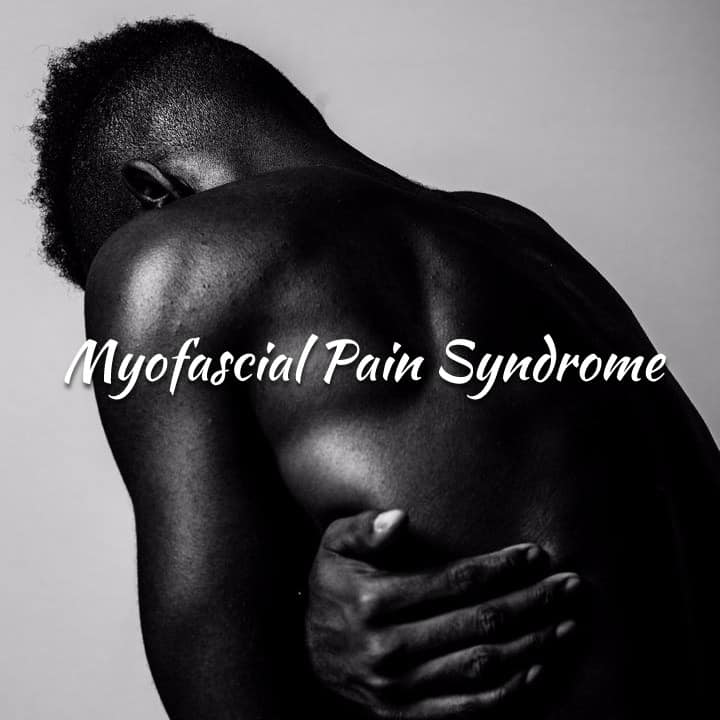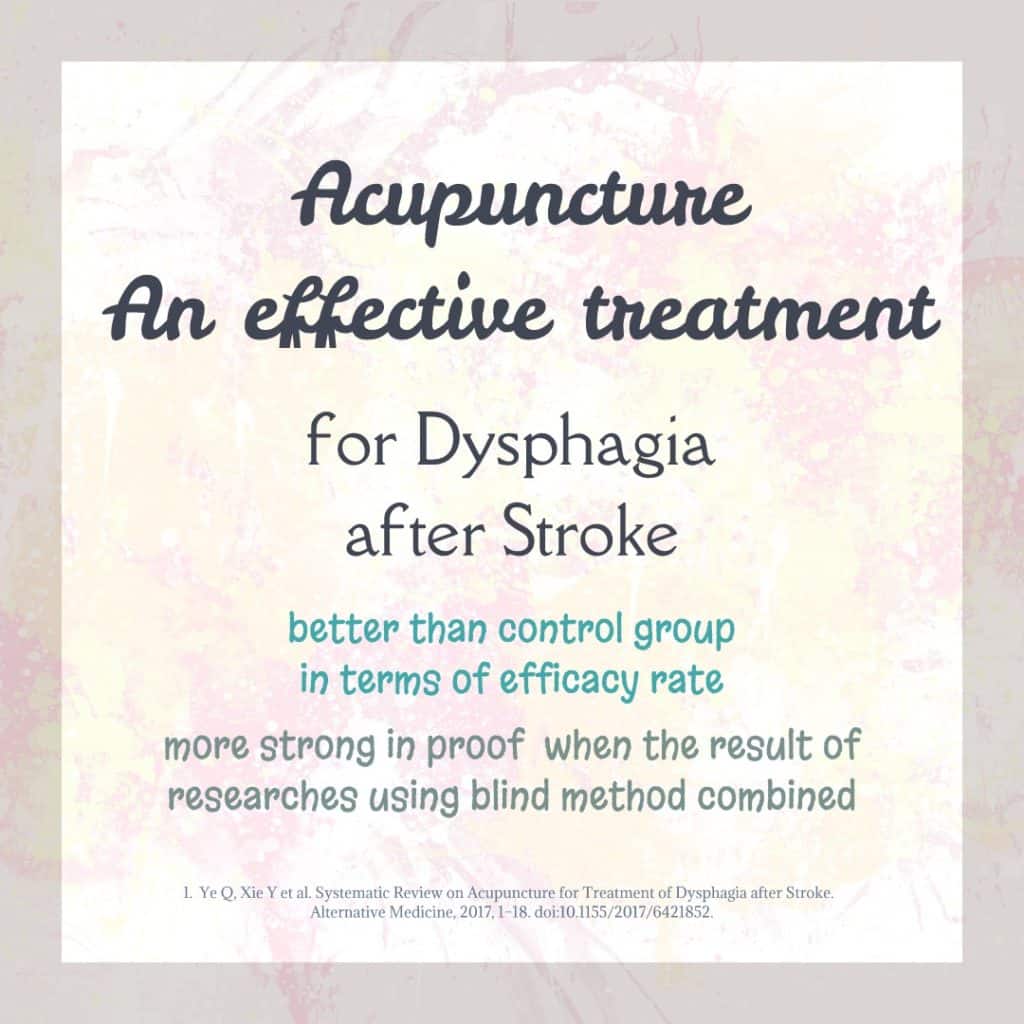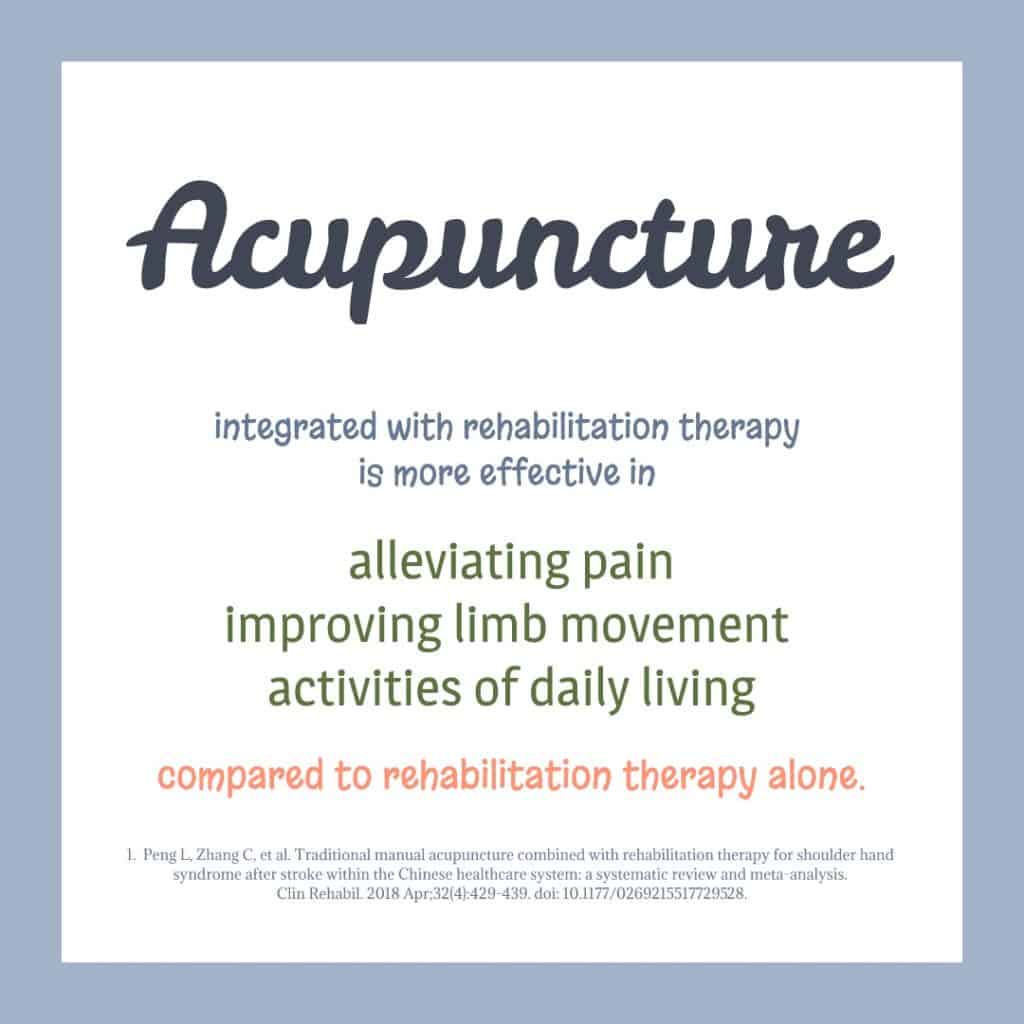The Road to Recovery: Harnessing the Healing Power of Acupuncture for Auto Accident Patients
- Reading time:6 mins read

On This Page
- Introduction
- Effective Pain Management
- Accelerated Healing and Reduced Inflammation
- Improved Range of Motion and Flexibility
- Stress and Anxiety Reduction
- Enhanced Sleep Quality and Energy Levels
- Complementary Therapy with Conventional Treatments
- Boosting Immune Function
- Non-Invasive and Safe Treatment
- Long-Term Wellness and Prevention
- Conclusion
Introduction:
An auto accident can turn one’s life upside down in an instant, leaving behind physical and emotional trauma that can be challenging to overcome. While conventional medical treatments play a crucial role in the recovery process, an increasing number of auto accident patients are turning to complementary therapies like acupuncture to support their healing journey. Acupuncture, an ancient practice rooted in Traditional Chinese Medicine (TCM), has shown remarkable benefits for auto accident patients, providing natural pain relief, reducing inflammation, and addressing emotional and psychological challenges. In this comprehensive blog post, we will delve into the numerous advantages of acupuncture treatment for auto accident patients and explore how this time-honored therapy can play a vital role in their holistic recovery.
Power of Acupuncture for Auto Accident Patients
Effective Pain Management:
Pain is often the most immediate and distressing aftermath of an auto accident. Acupuncture offers a non-invasive and drug-free method for effectively managing pain. By inserting fine needles into specific acupoints, acupuncture stimulates the body’s natural pain-relieving mechanisms, such as the release of endorphins and enkephalins. These natural chemicals help alleviate pain, reduce muscle tension, and improve blood flow, promoting faster healing and providing much-needed relief to auto accident patients.
Accelerated Healing and Reduced Inflammation:
Acupuncture has been found to accelerate the body’s natural healing processes and reduce inflammation in injured tissues. By stimulating the acupoints, acupuncture increases blood circulation to the affected areas, supplying essential nutrients and oxygen that aid in tissue repair. Additionally, acupuncture helps modulate the immune response, dampening excessive inflammation and supporting the body’s ability to recover more efficiently from injuries sustained in an auto accident.
Improved Range of Motion and Flexibility:
Auto accident injuries often result in restricted range of motion and stiffness, hindering patients from engaging in daily activities. Acupuncture’s ability to release tension in muscles and joints can significantly improve range of motion and flexibility. As the body’s energy pathways, known as meridians, are balanced through acupuncture, patients experience increased joint mobility and enhanced flexibility, which are essential for regaining functionality and independence.
Stress and Anxiety Reduction:
Recovering from an auto accident can take a toll on a person’s mental well-being. Feelings of stress, anxiety, and even post-traumatic stress disorder (PTSD) are not uncommon. Acupuncture treatments have a calming effect on the nervous system, promoting relaxation and reducing stress and anxiety levels. By regulating neurotransmitters, such as serotonin and dopamine, acupuncture helps auto accident patients cope with emotional challenges, allowing them to focus on their healing journey with a clearer and more positive mindset.
Enhanced Sleep Quality and Energy Levels:
Sleep disruptions are common among auto accident patients due to pain and anxiety. Acupuncture’s ability to promote relaxation and balance the body’s energy can lead to improved sleep quality. As patients enjoy more restful sleep, their bodies can direct more energy towards the healing process, fostering a quicker recovery. Better sleep also contributes to enhanced mood and overall energy levels, enabling patients to face the challenges of recovery with greater vigor.
Complementary Therapy with Conventional Treatments:
Acupuncture works harmoniously as a complementary therapy alongside conventional medical treatments. Integrating acupuncture into an auto accident patient’s overall treatment plan can enhance the effectiveness of traditional medical interventions. The combination of acupuncture’s natural healing benefits with medical interventions such as physical therapy, chiropractic care, and pain management techniques creates a well-rounded approach to recovery.
Boosting Immune Function:
Auto accident injuries can weaken the immune system, making patients more susceptible to infections and delaying the healing process. Acupuncture strengthens the body’s immune function by promoting the flow of vital energy (Qi) throughout the body. This can help auto accident patients recover faster and maintain their overall health during the healing period.
Non-Invasive and Safe Treatment:
One of the most appealing aspects of acupuncture is its non-invasive nature. The insertion of thin needles into the skin causes minimal discomfort, making it an excellent option for auto accident patients who may be wary of invasive procedures. Acupuncture is also a safe practice when performed by a licensed and experienced acupuncturist, with very few side effects when compared to pharmaceutical interventions.
Long-Term Wellness and Prevention:
Beyond the immediate recovery phase, acupuncture fosters long-term wellness for auto accident patients. Regular acupuncture sessions can help maintain the body’s balance, preventing the development of chronic pain or recurring injuries. Moreover, acupuncture supports overall well-being by promoting relaxation and stress reduction, leading to improved physical and mental health.
Conclusion:
The benefits of acupuncture for auto accident patients are extensive and have been recognized by a growing number of medical professionals and individuals seeking holistic healing. From effective pain management and reduced inflammation to improved sleep quality and emotional well-being, acupuncture plays a vital role in the comprehensive recovery process. As a complementary therapy alongside conventional medical treatments, acupuncture empowers auto accident patients to embrace a holistic approach to healing. By tapping into the ancient wisdom of Traditional Chinese Medicine, patients can embark on a transformative journey towards physical and emotional restoration. It is crucial to consult a licensed acupuncturist and collaborate with other healthcare providers to create a tailored treatment plan that addresses individual needs, ensuring a smooth and successful recovery for auto accident patients.

